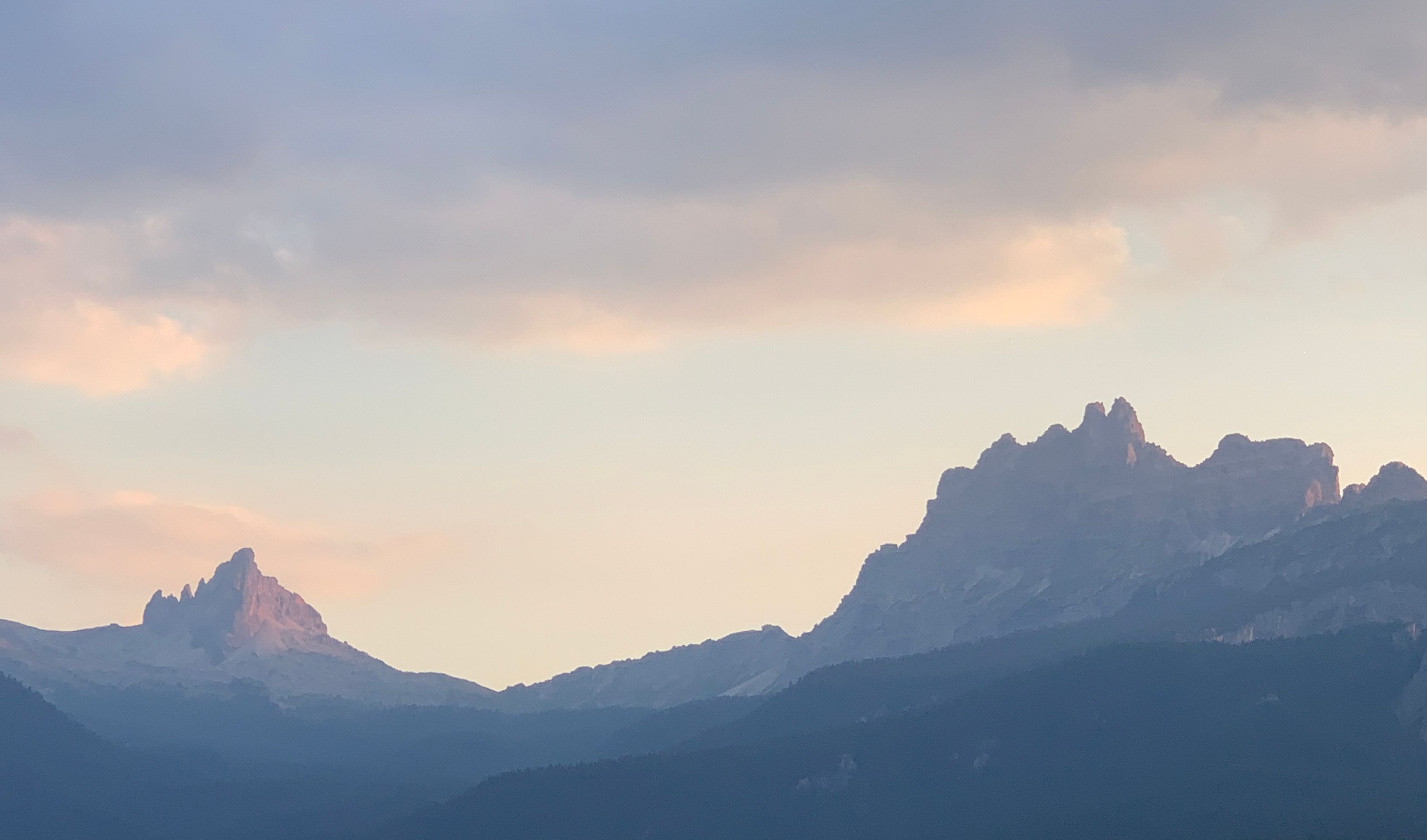La Paz - the Edgy
Објављено: 14.10.2018
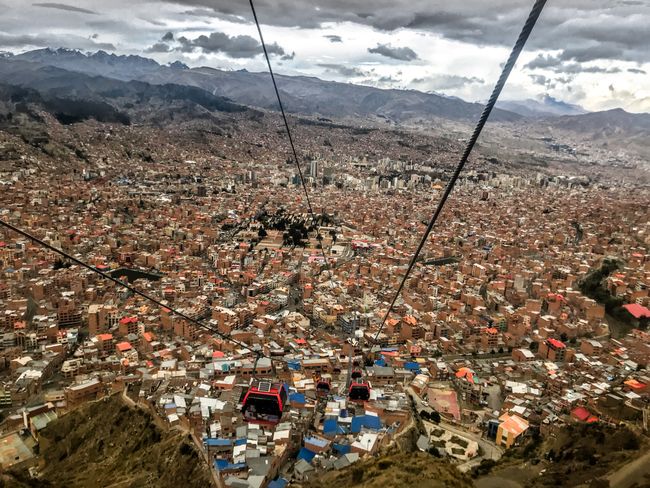
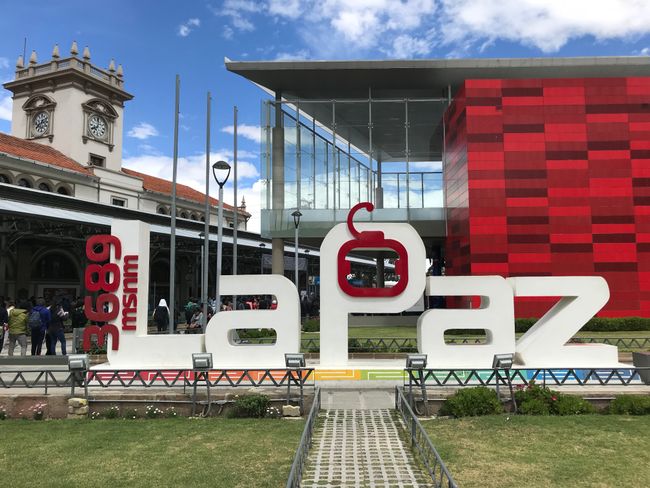
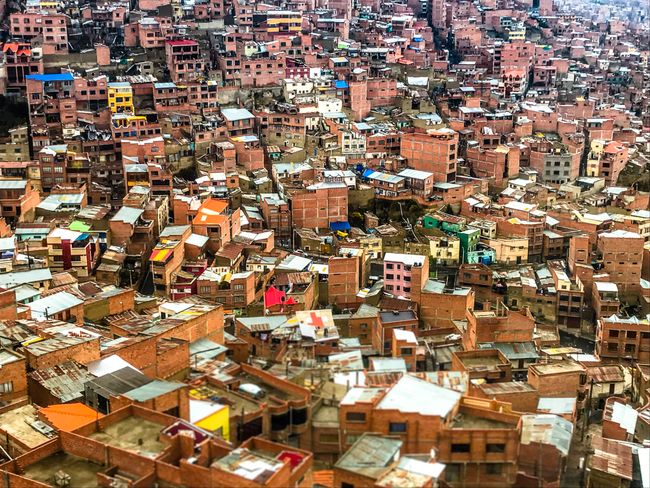
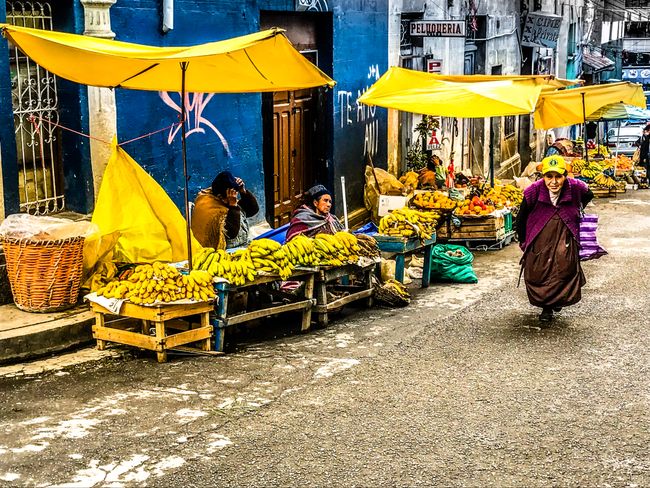
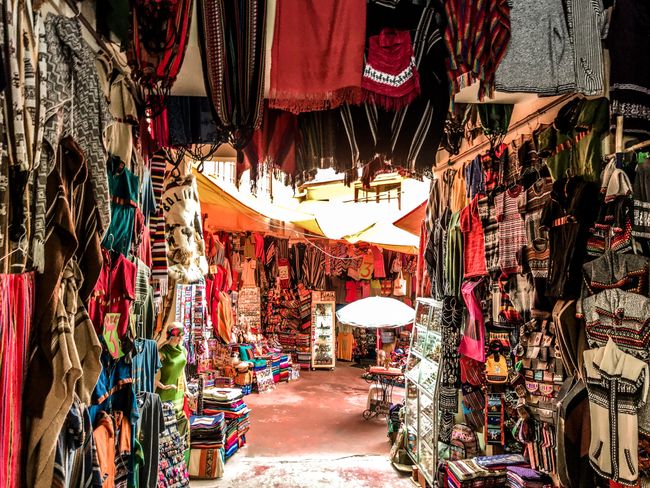
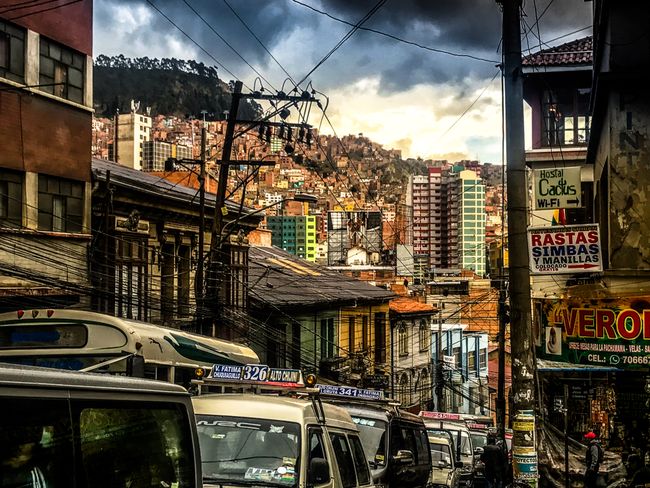

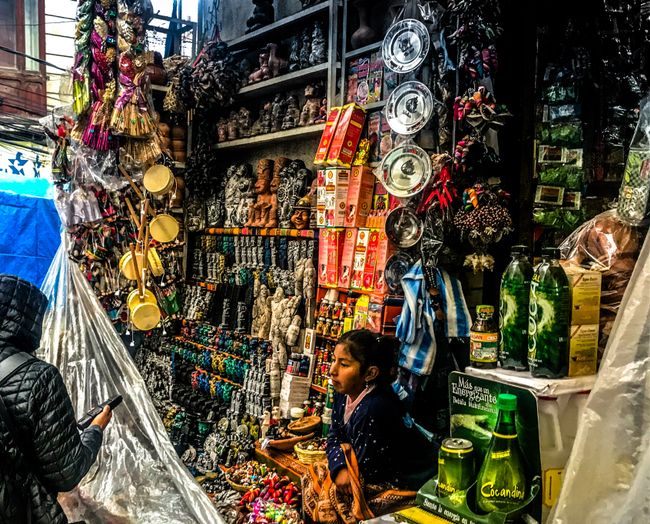
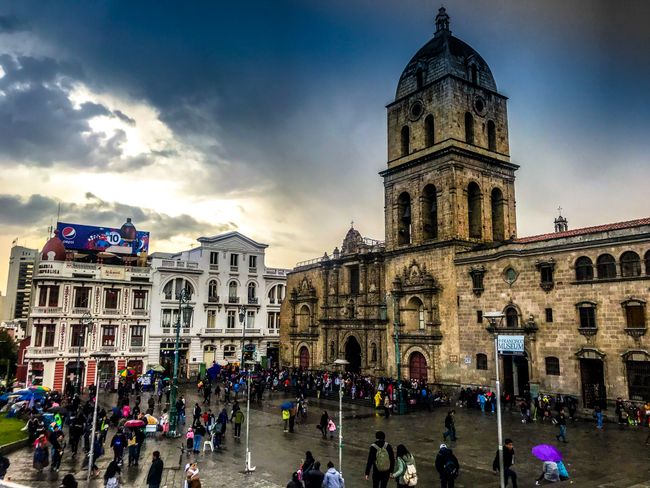
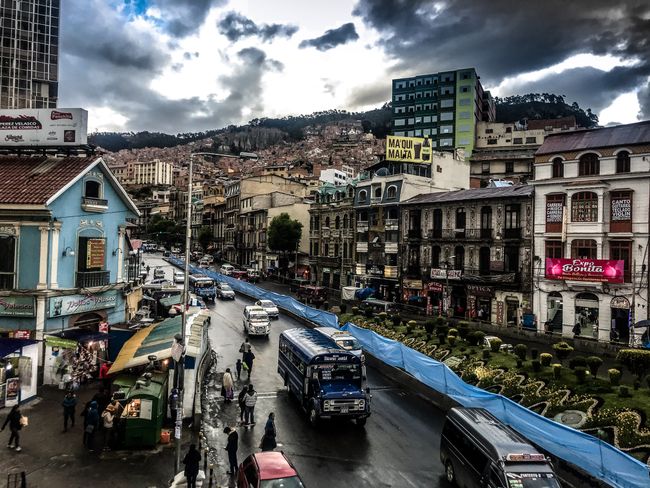
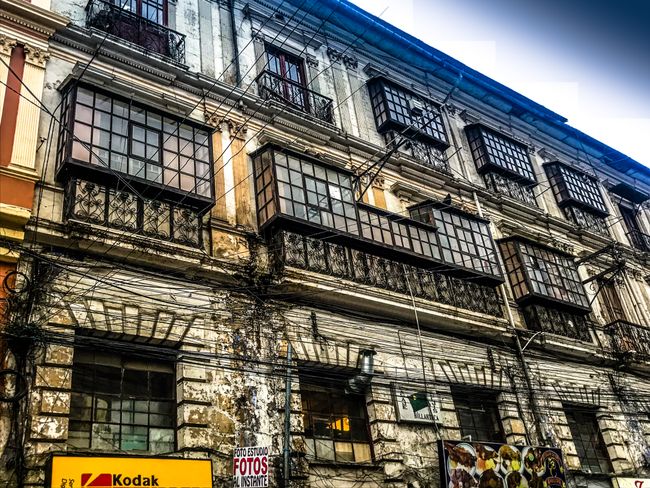
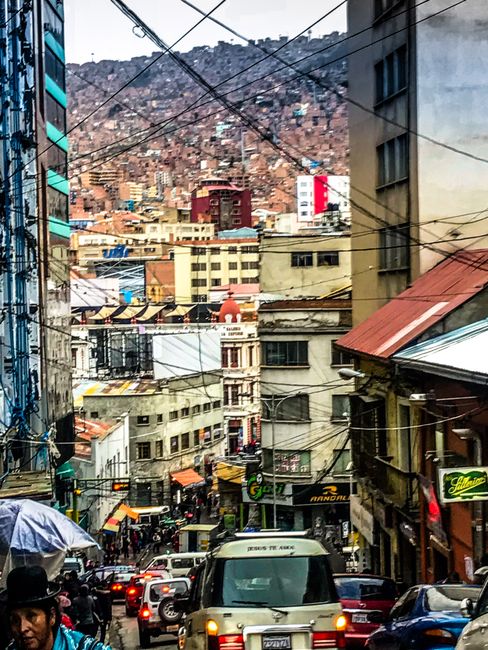
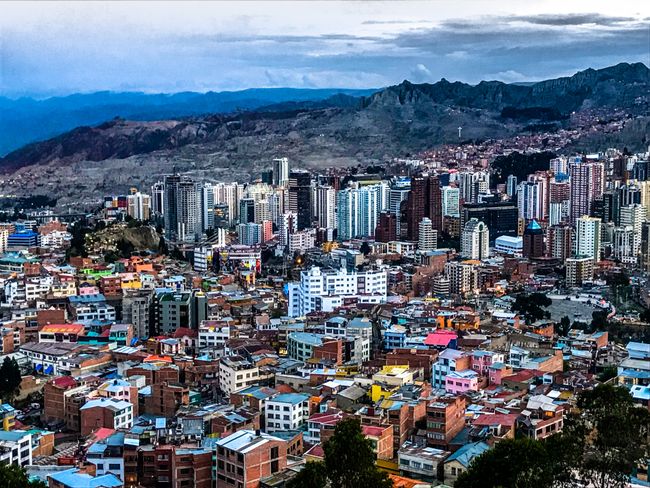
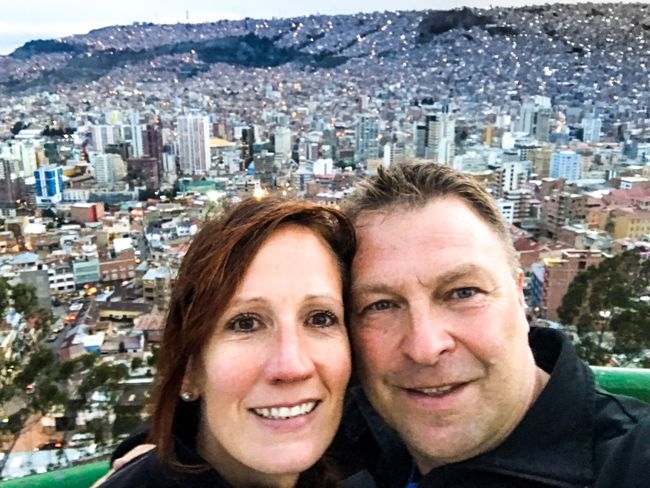
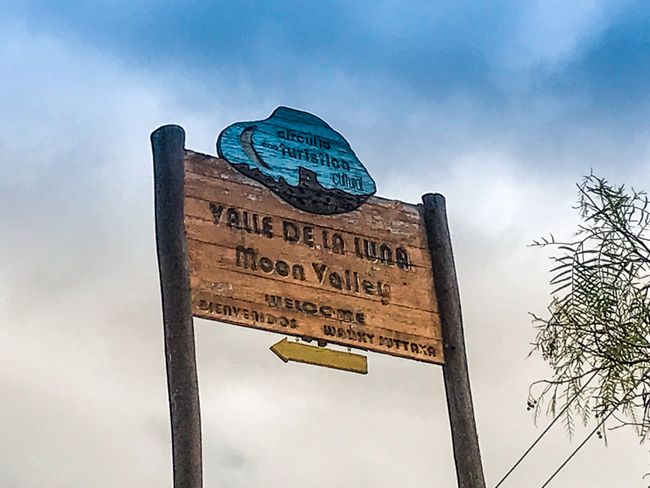
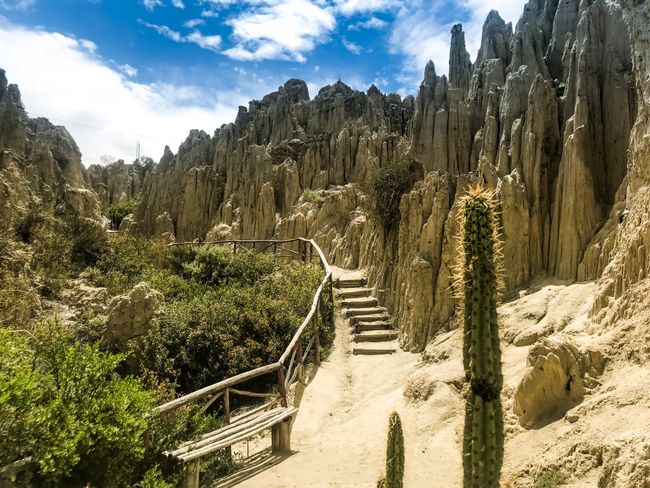
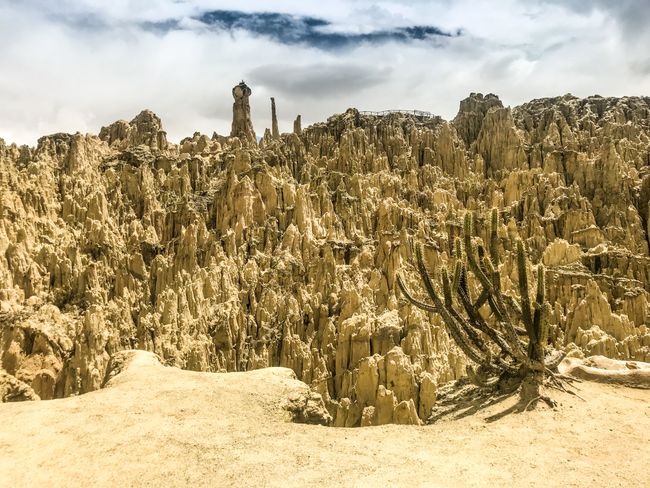
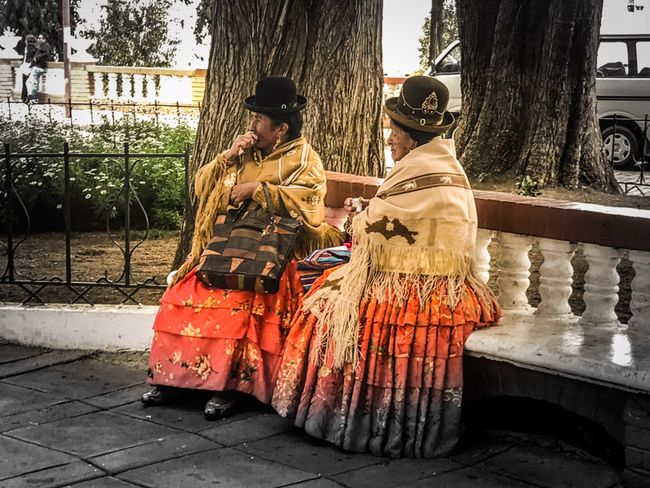
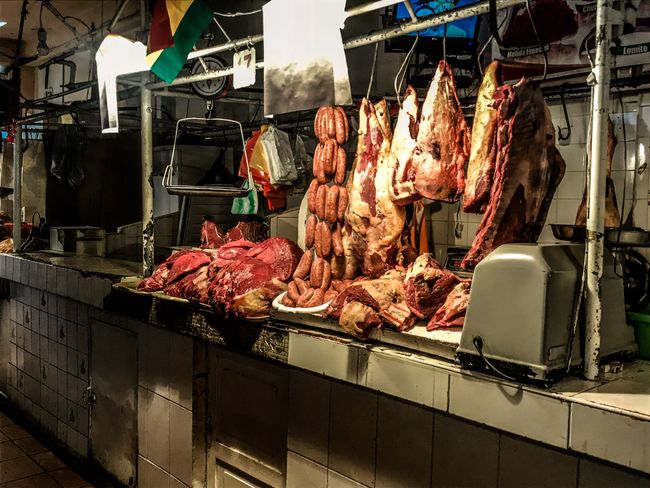
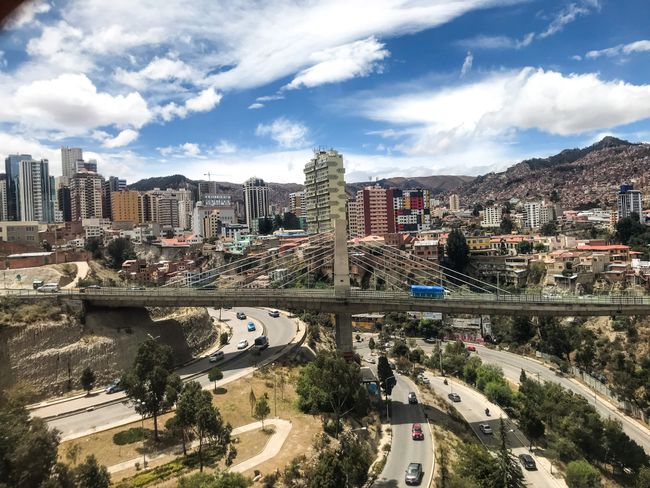
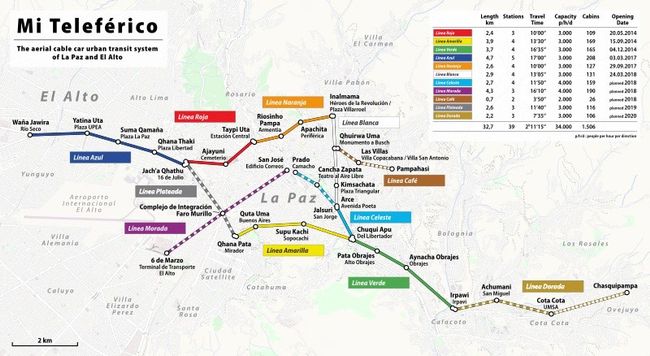
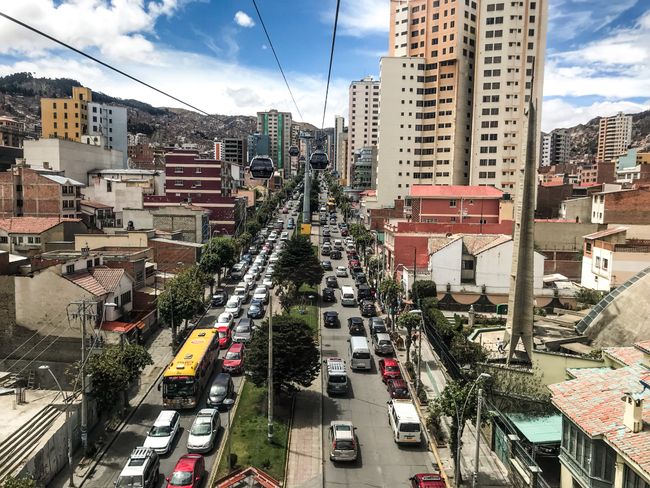
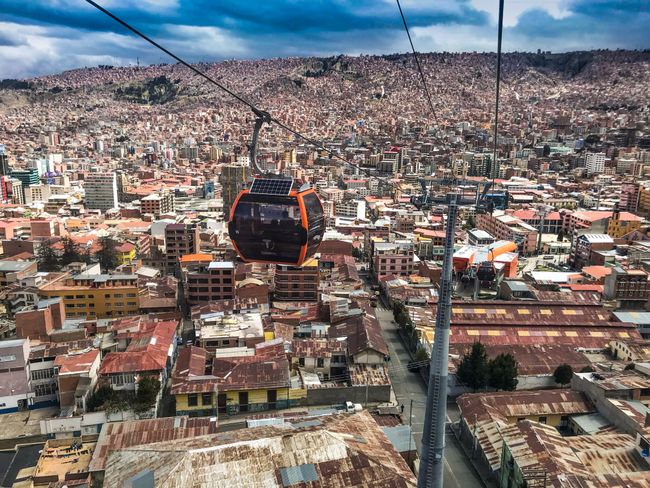
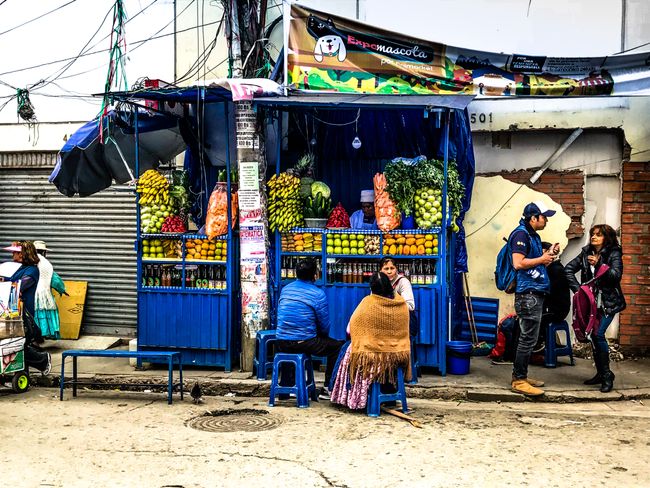
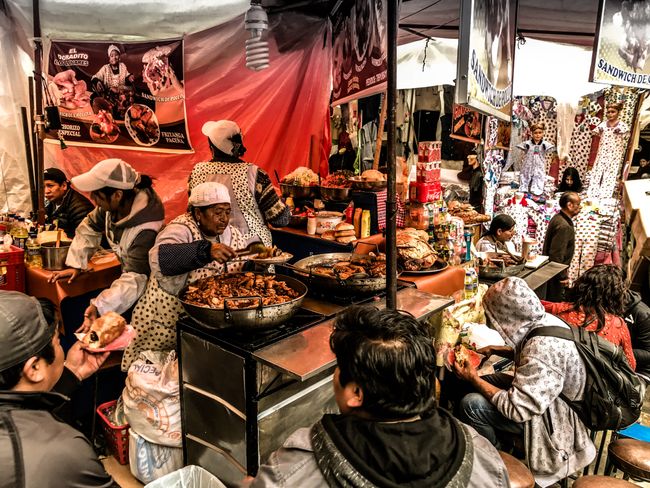
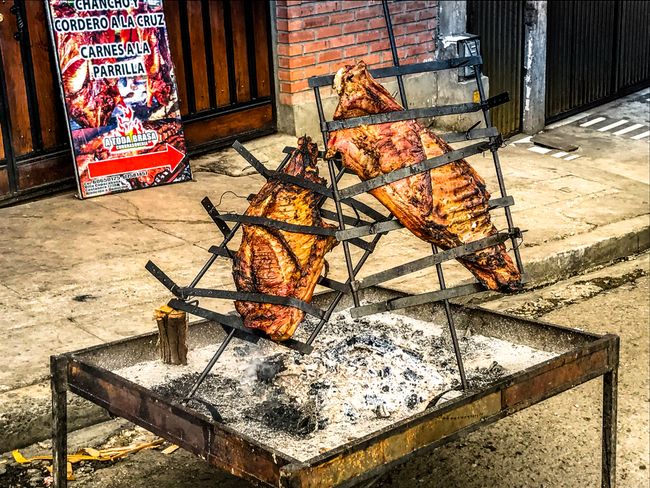
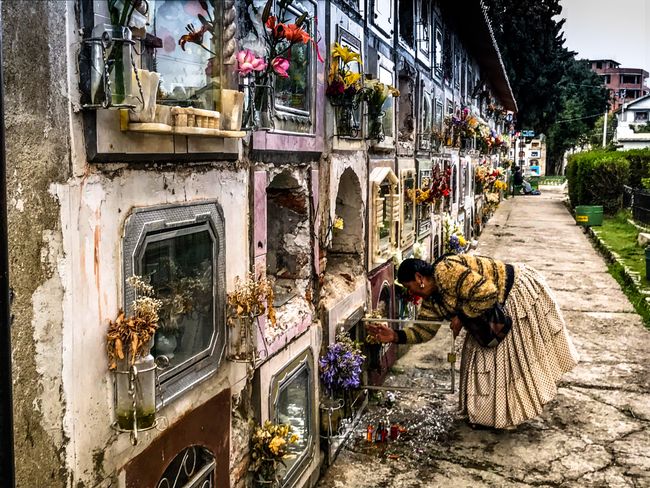
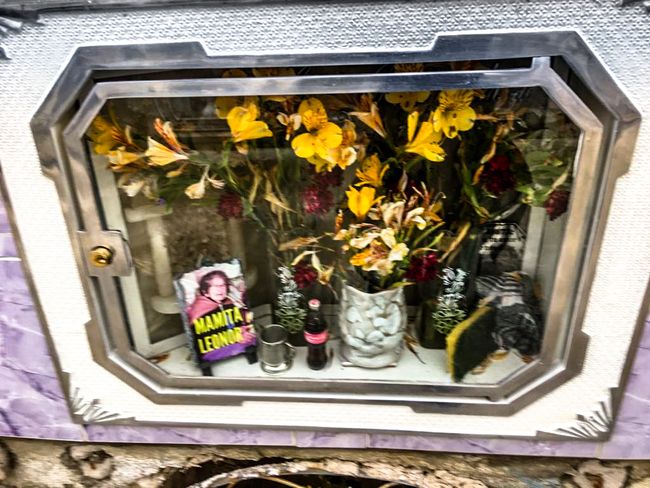
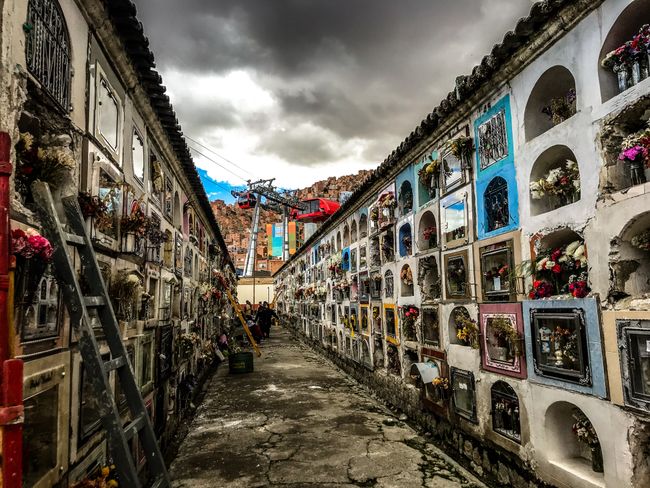
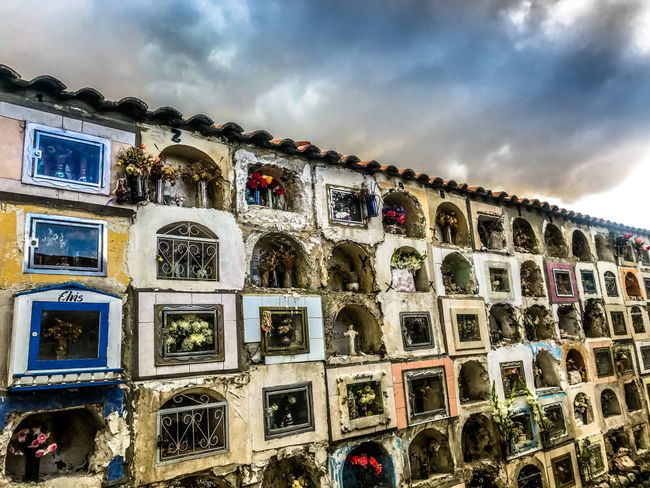
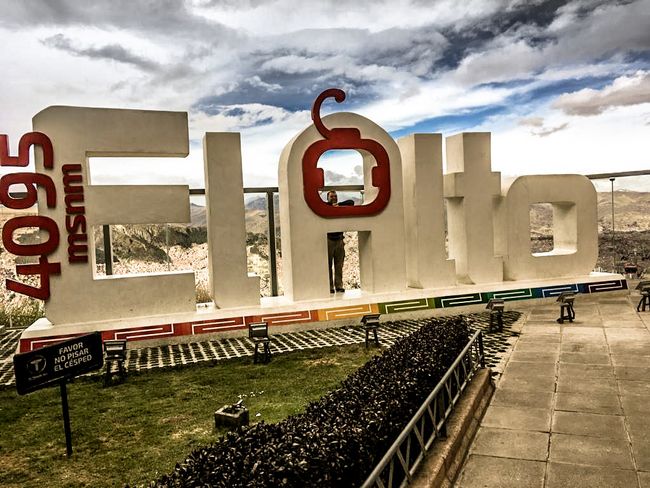
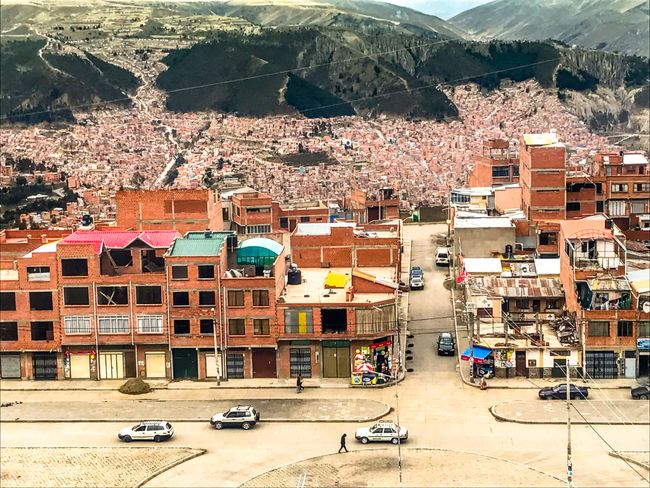
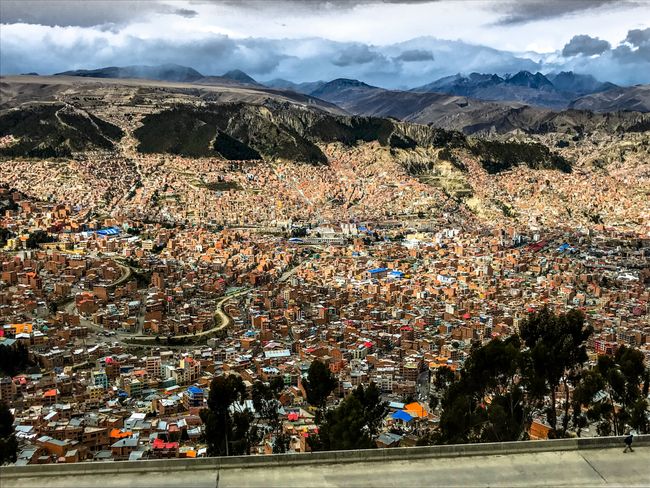

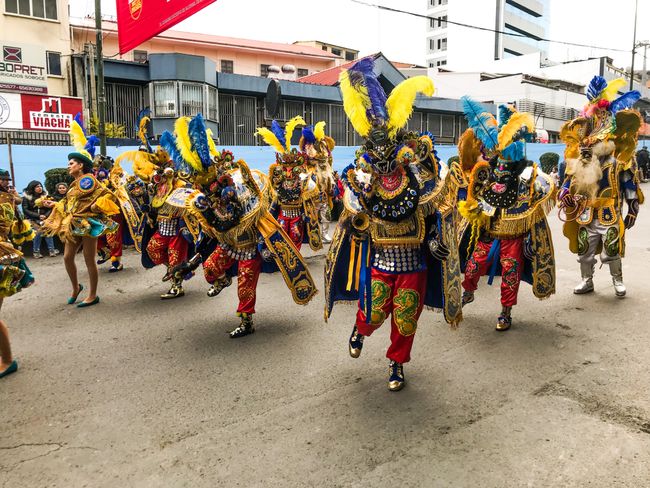
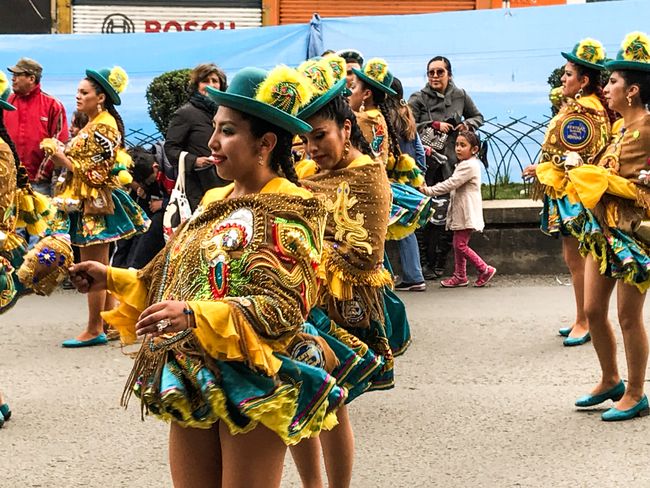
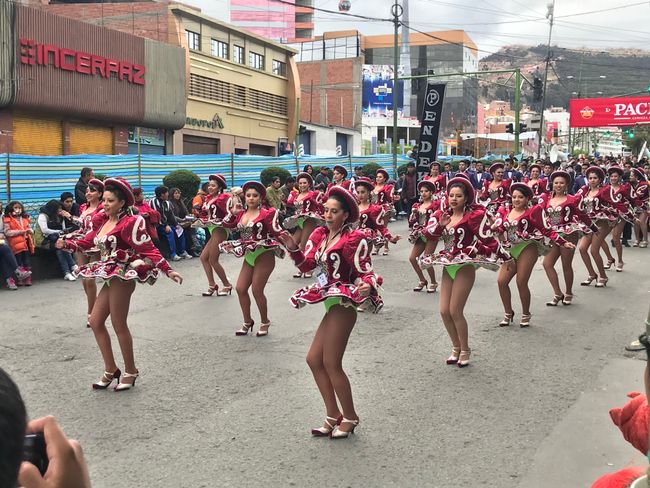
Пријавите се на билтен
The journey from Uyuni to La Paz was incredibly efficient. The small provincial airport in Uyuni, which handles exactly four flights daily, outdoes almost everything in this regard. This also applies to the security check, which, well, let's say was rather pragmatic :-). The approximately 45-minute flight to La Paz with Amaszonas immediately gave me the opportunity to write some blog posts, as Bolivian planes have much more legroom than in Europe, where opening a laptop is almost impossible.
However, the arrival at La Paz El Alto, the highest international airport in the world, was a sight to behold. From the plane to the terminal on foot, collecting the luggage, going to the exit and getting into a taxi, total walking distance about 150m, time from leaving the plane to getting into the taxi, just under 7 minutes!
The taxi ride to the city center was an experience in itself. El Alto is located on a plateau at around 4050 meters above sea level, while the center of La Paz is at around 3600 meters. First, you drive through the faceless streets with the unadorned Spartan brick houses of El Alto, and suddenly you reach the ridge and the road seems to disappear into nothingness. Once you have crossed the ridge, the city of La Paz spreads out in the valley, incredibly spectacular. The streets downhill are extremely steep, which is probably one reason why cyclists are a rather rare sight here.
After the slightly claustrophobic conditions in the last room, we treated ourselves to a really noble accommodation in La Paz, which is priced at a very low level. When we arrived at the hotel at 9:30 am, they apologized to us in all earnestness for the room not being ready yet (official check-in time is at 12 pm!), and as a courtesy for our "inconvenience", which by the way was not an inconvenience at all, they immediately offered us an upgrade to a superior room on the 11th floor. Can you believe it?
We are now in La Paz for the second day and quite impressed. This is not a cuddly city with beautiful boulevards, lake promenades, and posh shopping streets and pedestrian zones. It is rather a concrete and brick cephalopod that relentlessly devours main and side valleys. The wealthy live in the lower areas, while the poor live on the slopes in a real brick desert. This city is so special and spectacular and absolutely incomparable to anything we have seen before, simply breathtaking. This is true in two senses, as the altitude is noticeable and since it only goes up or down here, it takes a toll on you. Especially because the little bit of oxygen that is available can only be obtained as a mixture with a smog-filled cloud.
It is lively, chaotic, cramped, loud, and stuffy but so full of life, colors, and impressions that you simply have to be captivated. Edgy, that is. We have done quite a lot. Since 2014, the city has had a cable car system, "MI Teleférico," which spans a large part of the city and currently consists of eight lines. Two more will be added in 2019. Of course, we were particularly proud to find out that the Swiss CWA is involved in this. Today, we spent almost the whole day in these state-of-the-art cabins, admiring the various neighborhoods of La Paz from above. You see areas that you would otherwise probably never go to (and areas where you shouldn't go either) from a bird's eye view while sitting comfortably and breathing normally.
We also visited the Witches' Market, where all sorts of bizarre stuff, like dried frogs and alpacas, are sold. Yesterday evening, we climbed to a magnificent viewpoint, where I almost collapsed because the altitude has been somewhat challenging for me again in the last two days. The view of the city at dusk made up for it.
This morning, in honor of our well-groomed house cat, we visited the "Valle de la Luna." A canyon with bizarre rock formations right outside the city gates. Another interesting visit was to the central cemetery, which is a sight in itself. The grave windows, which are lovingly maintained by the relatives and sometimes resemble dollhouses, are almost morbidly comical. Whether, for example, Momita Leonor - God rest her soul - would really have been pleased that her dishcloth and scrub sponge were buried with her, we will probably never know...
On the way home, we witnessed the "La Paz Festival de las Culturas," a colorful parade with a lot of energy and a lot of legs being shown, which I particularly liked, of course.
It's slowly time for dinner because there are still some Bolivian specialties that we want to try, such as grilled beef heart with potatoes and nut sauce. And tomorrow we already have something exciting planned.
Пријавите се на билтен
Одговор (2)
Esther
Was für Farben! Filter?Dieter
Etwas Lightroom verträgt es schon... :-)
Извештаји о путовањима Боливија
